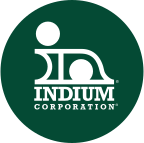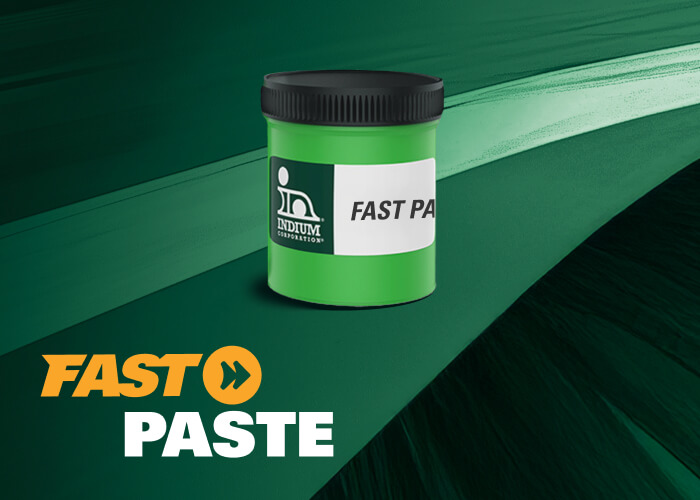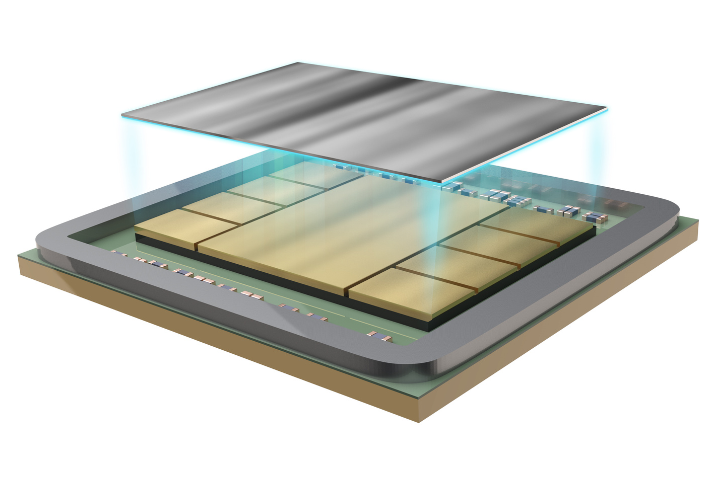TypicalTabbing Ribbon Solders
Only a few solder alloys have become common, industry-wide, among solarmodule assemblers, and those can be pared down into three categories:
- BiSn alloys (58Bi42Sn, 57Bi42Sn1Ag)
- SnPb alloys (63Sn37Pb, 62Sn36Pb2Ag)
- SnAg alloys (96Sn4Ag)
The wetting attributes and reliability of SnPb alloys have long made them an attractive selection, however, in green technologies such as these, Pb-free material selections are preferred.Jim Hisert previously discussed the benefits of BiSn as a low temperature Pb-free solder alternative for tabbing solar cells, so I will touch on the SnAg alternative.
Tin-Silver Solder (SnAg)
SnAg has become the most widely used Pb-free solder alloy, particularly intabbing ribbon designed for cell interconnection.Historically, its melting temperature (221°C) madeit an obvious replacement for processes previously running SnPb solders.
Indesigns where step soldering is necessary (however uncommon in back end solarmodule assembly), SnAg can be used as the step previous to soldering with Sn63 or similar Pb-Free solder (albeit carefully since the second soldering temperature is quite near 221C).
While SnAg eutectic solder is a desirable composition for electronic component soldering, for instance, power semiconductors, recentstudies using this alloy for stringing solar modules haveindicated that the other common alloys listed for this application are easier to workwith and better designedto meet the needs of this solar assembly application. SnAg does have a high melting temperature, and the preferred fluxes for module assembly are not yet optimized for this solder composition.
Regardless, SnAg has its benefits. When a solder that melts somewhat above the melting point of a “standard” solder alloy is needed, and it must be Pb-free, this is it!! Check it out!
Happy Testing!!
Amanda



